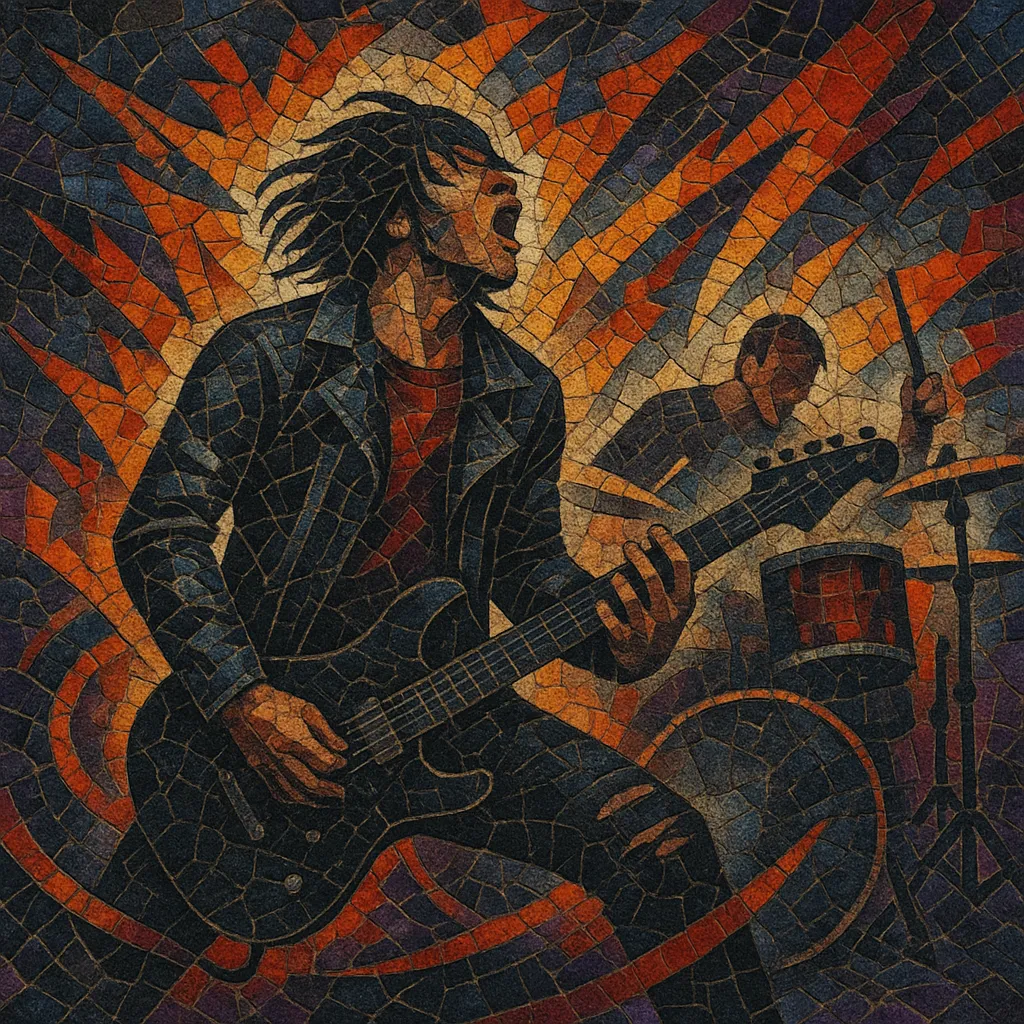Loud kei (ラウド系) is a Japanese "loud rock" movement that fuses the heaviness and aggression of metalcore, post-hardcore, and nu metal with the melody-first sensibilities of J‑rock/J‑pop and, at times, the theatrical aesthetics of visual kei.
It is characterized by down‑tuned guitars, double‑kick drumming, breakdowns, and screamed vocals alternating with soaring, catchy choruses. Many acts weave in electronic elements (synth arps, EDM drops, vocoder/Auto‑Tune) and tight pop songwriting structures, resulting in music that feels both intensely heavy and anthemic. Live shows emphasize high energy, crowd participation, and a strong visual identity.
The term "loud kei" took shape in Japan during the 2000s as domestic bands began integrating Western metalcore, post‑hardcore, and nu metal with J‑rock/J‑pop hooks and Japanese lyrical phrasing. Festivals and media began grouping these acts under a shared "loud rock" banner, highlighting a scene defined by heavy sonics and pop immediacy.
In the 2010s, the sound consolidated: tight, polished production, breakdown‑centric arrangements, and a reliable heavy‑verse/anthemic‑chorus balance. Electronicore flourished in Japan, with bands adding EDM textures and digital vocal processing without sacrificing guitar‑driven impact. The scene expanded from clubs to major festival stages and anime/game tie‑ins, broadening its mainstream reach.
Parallel to band‑centric growth, idol groups adopted loud‑kei sonics—screamed backing vocals, metalcore riffs, and breakdowns—while retaining choreographed performance and pop hooks. Visual presentation (fashion, staging, lighting) remained crucial, drawing on visual kei’s theatrical lineage while favoring a more modern, athletic, streetwear aesthetic.
Today, loud kei operates as a flexible umbrella for Japanese acts that balance heaviness and melody, spanning radio‑friendly anthems to extreme-leaning hybrids. Its polished studio craft, genre‑fluid collaborations, and energetic live culture have made it one of Japan’s most exportable heavy‑music styles.


